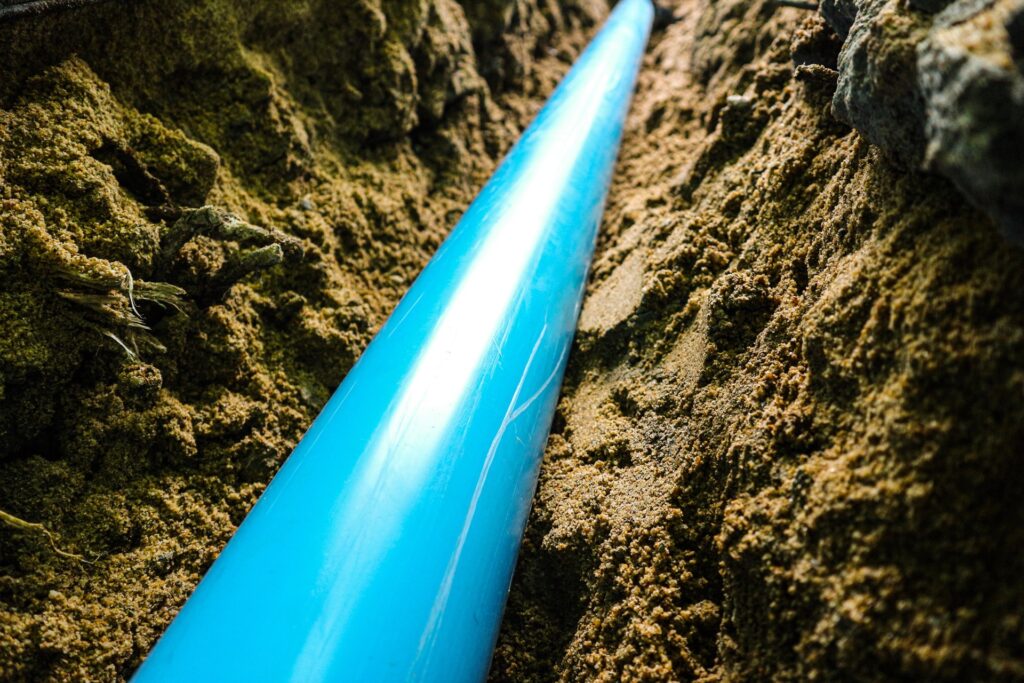No matter where you go, there’s a good chance you’ll find plastic being used in a variety of ways. Because it’s lightweight, durable, inexpensive, and easy to work with and produce, plastic and industrial plastics have become some of the world’s most versatile materials. Typically, most industrial plastics differ most between types in thermal resistance, physical and mechanical properties, density, and structure.
Below, we break down some of the main kinds of industrial plastics and their advantages and applications.
Industrial Plastics: Polytetrafluoroethylene (PFTE)
Easily one of the most dependable plastics out there, polytetrafluoroethylene (PTFE) is widely considered a universal material.
Strengths
PTFE has quite a few benefits including a broad range of chemicals it’s resistant to. It’s non-flammable, flexible at low temperatures and relatively easy to make.
Uses
PTFE primarily can be found in electronics, specifically wire insulation due to its beneficial properties. It can also be found in composites like fibreglass composites used in aerospace applications, lubrication products, and kitchenware (specifically non-stick products).
Polycarbonate (PC)
One of the strongest plastics out there, polycarbonate (PC) is as clear as glass, but with significantly more impact resistance.
Strengths
As alluded to above, PC plastic is very strong, in fact, it’s thirty times stronger than acrylic plastic and two hundred and fifty times stronger than glass. It benefits from being highly flexible and easy to cut or be cold-formed on site without pre-forming and fabrication.
Uses
Like PFTE, polycarbonate is used heavily in electronics, particularly power systems and telecommunications hardware. It’s also heavily used in the construction industry in the form of sheets, and is also used in data storage parts like Blu-rays.
Polyethylene (PE)
PE plastic is the most popular type of plastic that’s used in the world and for good reason: it’s easy to make. Unlike other plastics, polyethylene comes in a variety of densities that make it more versatile than other kinds of plastic.
Strengths
Polyethylene plastic has high ductility and impact strength and also possesses excellent chemical resistance. On top of all of this, it’s also a good electrical insulator.
Uses
The usage of PE plastics depends mainly on the density of it that’s chosen. Lower densities are made into packaging materials like Saran wrap, shrink wrap, bubble wrap, plastic bags, and packaging materials. Higher densities are used in plumbing applications like water and gas piping, containers, and other construction applications.
Polypropylene (PP)
Closely behind polyethylene, polypropylene plastic is the second-most widely produced synthetic plastic in the world.
Strengths
PP plastic is classified as one of the most flexible thermoplastics on the planet and shares many of the advantageous electrical and solution properties of PE plastic as well. Most notably, this kind of plastic is durable, heat resistant, acid resistant, and affordable to produce.
Uses
Polypropylene is frequently used in the medical industry for both laboratory equipment and devices. It can also be found in clothing for items like diapers or sanitary products where it’s treated to absorb water. Other clothing items it can be found in include warm weather clothing like long-sleeve shirts as well as long underwear.
It’s not hard to find industrial plastics in the world today as many of them are used in countless items you find in your daily life. Their many beneficial properties help us to both build and operate the world today and will likely into the future as well.

